Will acoustic guitar solos sound as sweet a century from now? No chance—not if we destroy the tonewoods that the best guitars are made from. Deforestation and climate change put the future of many tree species in doubt.
The World Resources Institute, a non-profit study group supported by private and government donations, created a guide to building sustainable guitars. This is not a how-to guide, but a report on organizations around the world that are building and selling guitars for today’s musicians, while maintaining stocks of wood for the next generation of pickers and strummers.
It’s an effort that takes cooperation across wide distances. For example, Taylor Guitars in Southern California, the largest manufacturer of acoustic guitars in the U.S., partnered with Pacific Rim Tonewoods in Washington, a specialty sawmill that sells lumber to guitar makers, to support the sustainable harvest of koa—a wood native to the Hawaiian Islands.
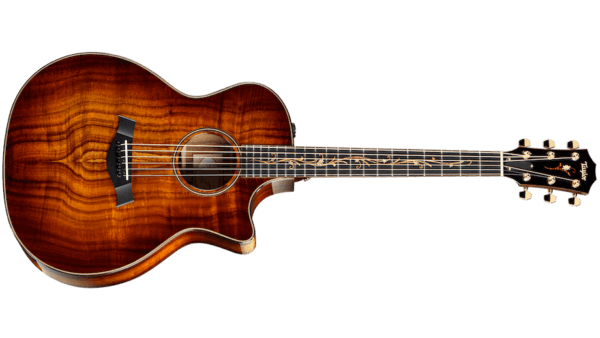
Koa is one of the few woods supple and strong enough to be used for every part of the guitar. If other tonewood trees died out, we could at least still make good guitars from koa. So the two companies support the Paniolo Tonewoods project on the grounds of Haleakala Ranch on Maui. Their mission: “Promoting new ways to plant, grow, and manage Hawaiian tonewoods forests to ensure their abundance and vitality.”
The material used for an instrument can make a huge difference in how it sounds. That’s why some musicians revived traditional methods of manufacture. Some violinists who play Bach’s music, for example, use traditional catgut strings rather than modern-day metal strings. The catgut produces a warmer, more modulating sound, closer to what Bach may have intended.
Material choice doesn’t matter for every instrument. A 1980 study asked professional flute players to listen to recordings of the same piece played on a $150,000 24 kt gold flute, and a $3,500 silver one. They couldn’t tell the difference.
But for guitars, wood shapes the tone and timbre of every note. This video shows how different the same note can sound when shaped by different types of wood.
Sustainability is a concern of other performers too. For artists, paint brushes made from the fur of the kolinsky are increasingly rare. That Asian mammal is endangered. Baseball players who swing white ash bats may have to switch to a different wood. The Pennsylvania forests where the tree grows are dying out due to warmer weather.
World Resources Institute’s guide is a resource for the music community, but also sounds a clear note—climate change will do more than just silence other species, it could silence us as well.






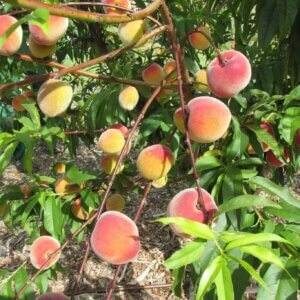

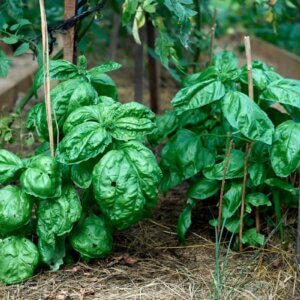


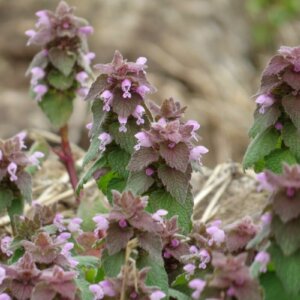





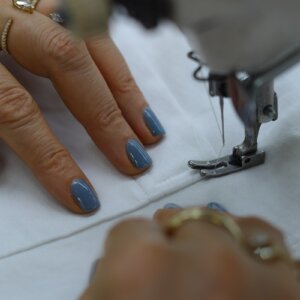


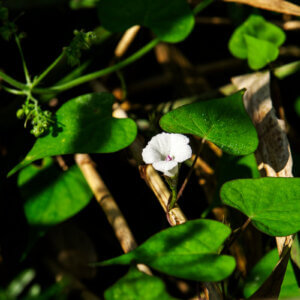



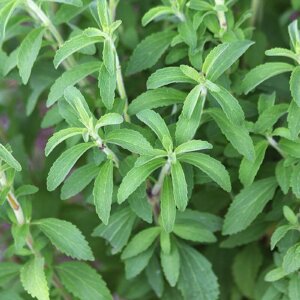
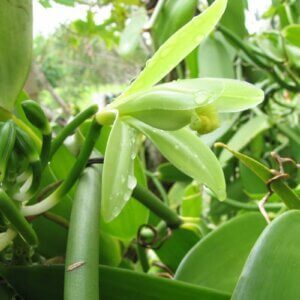





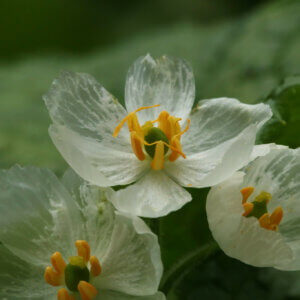



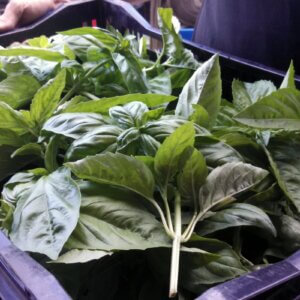






Excellent Article!! Thanks for sharing.
Kala makes ukuleles out of bamboo, which is a highly sustainable grass.